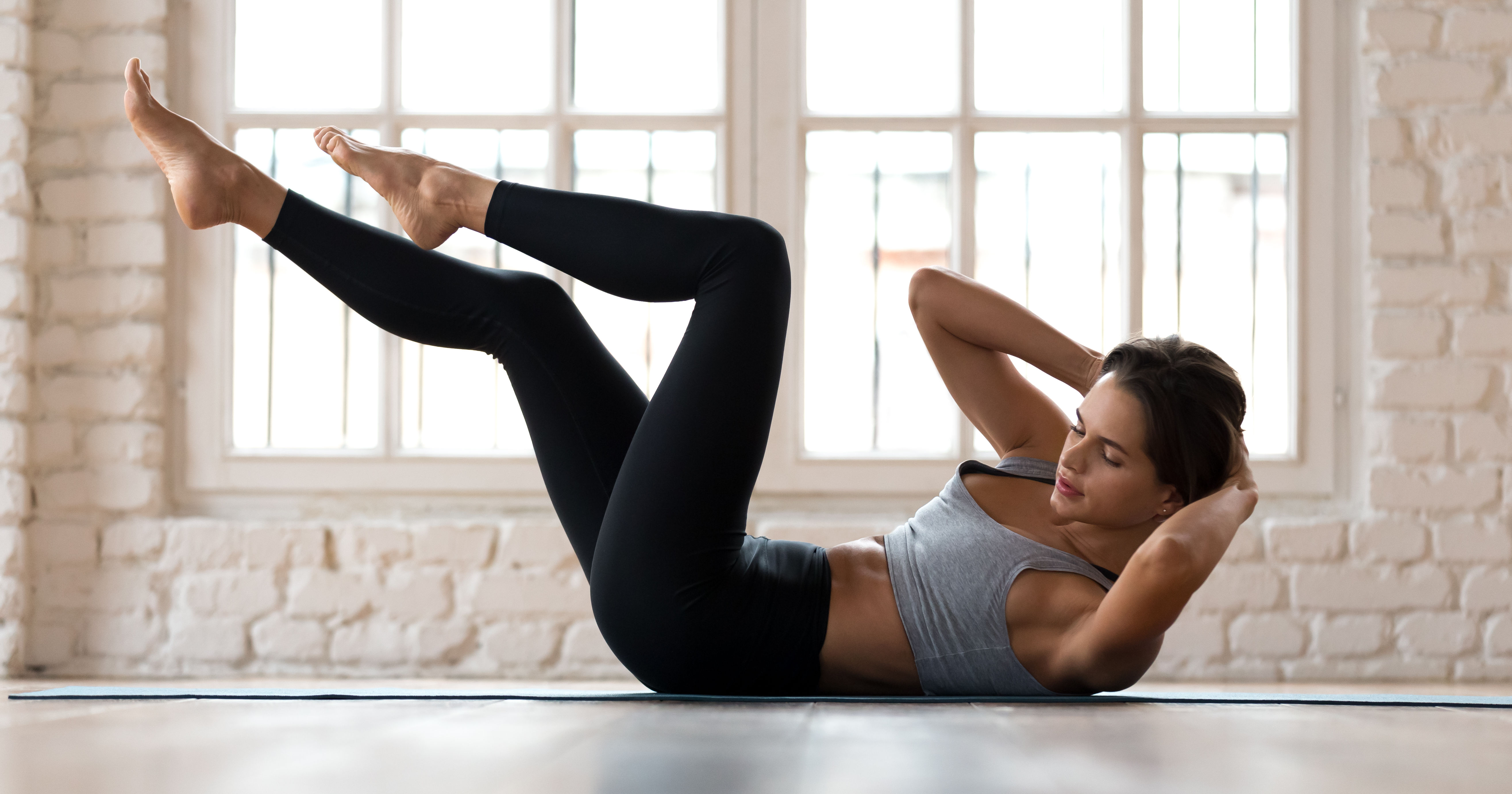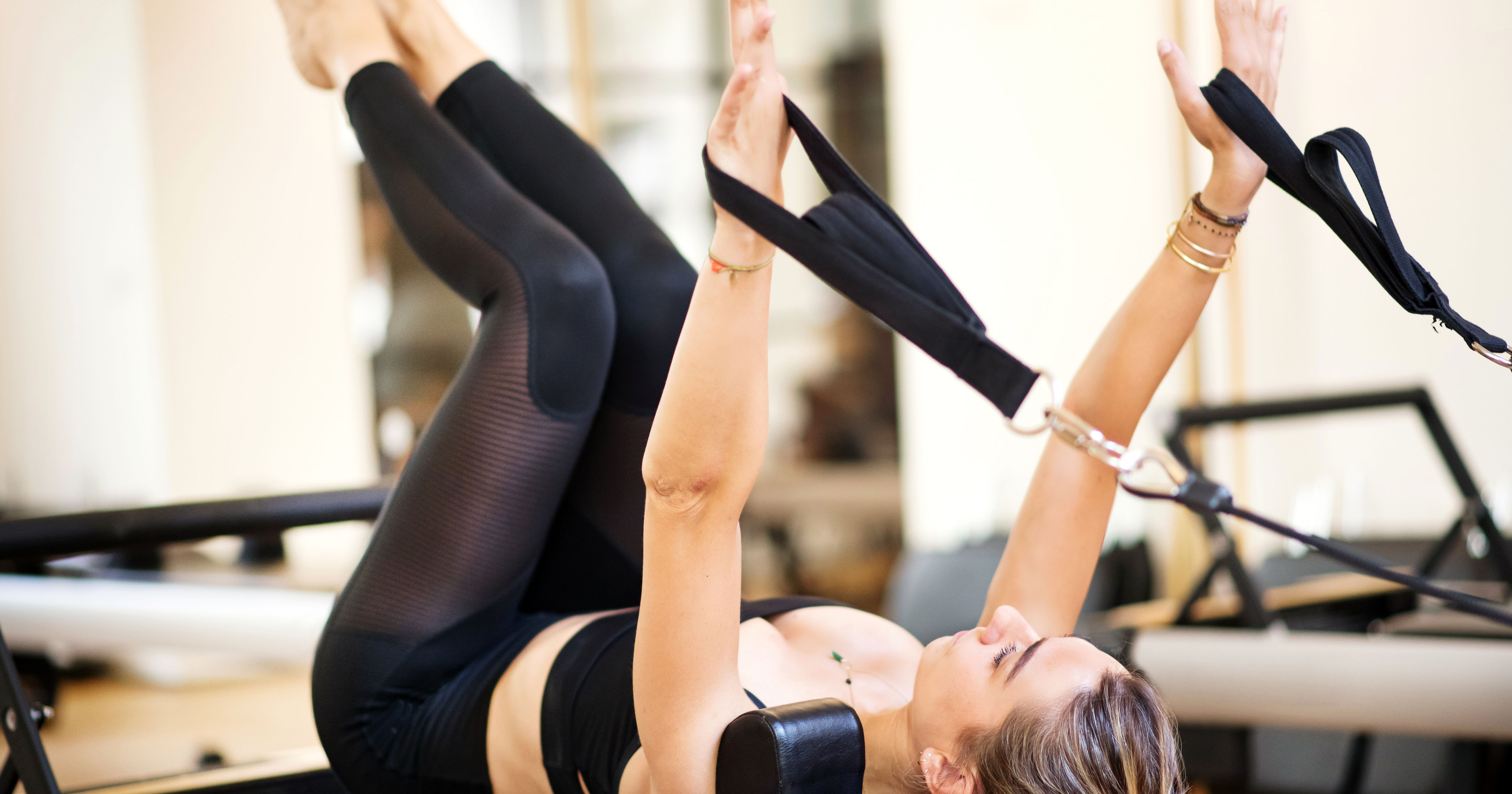Know Thyself: A Self-Test to Determine Where to Start
Your physical condition can best be judged from what you take two of at a time — stairs or pills.
Where to begin? This section contains a self-test to help determine your current level of stability. Once this level is determined, you will find corresponding information on activities and exercises appropriate for that level in following sections.
Before undertaking any health oriented program it is essential to know your limitations for a successful progression to a better back. To ensure there are no deleterious effects stemming from the exercise program, a check-up from your health care provider to identify any existing physical limitations is strongly recommended.
If the doc gives an O.K. on your health, take a few minutes to complete the self-test on this page. Knowing your limitations and staying safely within them will go a long way toward preventing additional injury.
Following is a self-test to serve as a guide in helping to determine which group of exercises best suits your current requirements in stabilizing the lower back. Be sure to answer the questions as best you can, completing all sections. There are no right or wrong answers.
Self-Test — Part One
Please answer all of the following questions.
Yes No Questions:
Y N Do you get an increase in pain when you cough or sneeze?
Y N Do you experience pain with bowel movements?
Y N Do you experience urinary incontinence?
Y N Do you notice any dragging of the feet due to weakness?
WARNING — If you answered yes to any of the four questions above and are not under professional care, you may have a severe problem and should seek immediate professional attention.
Self-Test — Part Two
The following groups of questions have no right or wrong answers. There are ten sections containing 4 to 6 various questions. Please circle the number next to the question which most accurately fits your situation. Be sure to check only one question per section and do not skip any sections.
SECTION 1
The pain comes and goes and is very mild. 0
The pain is mild and does not vary much. 1
The pain comes and goes and is moderate. 2
The pain is moderate and does not vary much. 3
The pain comes and goes and is severe. 4
The pain is severe and does not vary much. 5
SECTION 2
I do not have to change my way of dressing or washing in order to avoid pain. 0
I do not normally change my way of washing/dressing even though it causes some pain. 1
Washing and dressing increases my pain but I manage not to change my way of doing it. 2
Washing and dressing increases my pain and I find it necessary to change my way of doing it. 3
Because of pain I am unable to do some washing and dressing without help. 4
Because of pain I am unable to do any washing and dressing without help. 5
SECTION 3
I can lift heavy weights without extra pain. 0
I can lift heavy weights but it causes me extra pain. 1
Pain prevents me from lifting heavy weights off the floor. 2
Pain prevents me from lifting heavy weights off the floor, but I manage if they are conveniently positioned. (e.g., on a table.) 3
Pain prevents me from lifting heavy weights, but I can manage light to medium weights if they are conveniently positioned. 4
I can only lift very light weights at the most. 5
SECTION 4
I have no pain on walking. 0
I have some pain with walking but it does not increase with distance. 1
I cannot walk more than 1 mile without increasing my pain. 2
I cannot walk more than ½ mile without increasing my pain. 3
I cannot walk more than 1/4 mile without increasing my pain. 4
I cannot walk at all without increasing pain. 5
SECTION 5
I can sit as long as I like. 0
I can sit only in my favorite chair as long as I like. 1
Pain prevents me from sitting more than one hour. 2
Pain prevents me from sitting more than ½ hour. 3
Pain prevents me from sitting more than 10 minutes. 4
I avoid sitting because it increases pain straight away. 5
SECTION 6
I can stand as long as I want without pain. 0
I have some pain on standing but it does not increase with time. 1
I cannot stand longer than one hour without increasing pain. 2
I cannot stand longer than ½ hour without increasing pain. 3
I cannot stand longer than 10 minutes without increasing pain. 4
I avoid standing because it increases the pain immediately. 5
SECTION 7
I get no pain in bed. 0
I get pain in bed but it does not prevent me from sleeping well. 1
Because of pain my normal night’s sleep is reduced by 1/4. 2
Because of pain my normal night’s sleep is reduced by ½. 3
Because of pain my normal night’s sleep is reduced by 3/4. 4
Pain prevents me from sleeping at all. 5
SECTION 8
My social life is normal and gives me no pain. 0
My social life is normal but increases the degree of my pain. 1
Pain has no significant effect on my social life apart from limiting my more energetic activities. (e.g.; dancing, etc.) 2
Pain has restricted my social life and I do not go out very often. 3
Pain has restricted my social life to my home. 4
I hardly have any social life because of the pain. 5
SECTION 9
I get no pain while traveling. 0
I get some pain while traveling, but my usual forms of travel make it worse. 1
I get extra pain while traveling, but it does not compel me to seek alternative forms of travel. 2
I get extra pain while traveling, which compels me to seek alternative forms of transportation. 3
Pain restricts all forms of travel. 4
SECTION 10
My pain is rapidly getting better. 0
My pain fluctuates but over-all is getting better. 1
My pain seems to be getting better, improvement is slow. 2
My pain is neither getting better nor worse 3
My pain is gradually worsening. 4
My pain is rapidly worsening. 5
The self-test* is now complete and it’s time to score the results. *The questions from part two of the Self-Test were adapted from an Oswestry Disability Index. This is a tool utilized by doctors of chiropractic and medicine to determine disability as related to back pain.
Self-Test Scoring Directions
The Self Test contained ten sections with corresponding numbers to the right of each question. Transfer the corresponding number to each question that was checked off from each section to the chart below.
| Section | Score | Section | Score |
| 1 | 6 | ||
| 2 | 7 | ||
| 3 | 8 | ||
| 4 | 9 | ||
| 5 | 10 |
Add the numbers to arrive at a total. TOTAL SCORE _______________.
THIS IS YOUR FITNESS NUMBER
The Fitness Number is used with the chart to determine which combination of exercises will provide the best results for your current level of stability without increasing pain.
To use the chart, take the Fitness Number from above and locate where it falls on the chart. This will be the best starting point for building a better back.
| FITNESS NUMBER | RECOMMENDED EXERCISE SECTION |
| 0 to 20 | Any Section |
| 21 to 35 | Basic Level |
| 36 to 50 | Stabilization Level |
A score from 0 to 20 enables you to perform any of the exercises on this site. A review of the material covered in other sections is recommended to add depth to your arsenal of preventative exercises. A score from 21 to 35 includes exercises found in the Basic Level and Stabilization Levels only. With a score from 35 to 50 one should proceed with caution and perform the Stabilization Exercises only.



